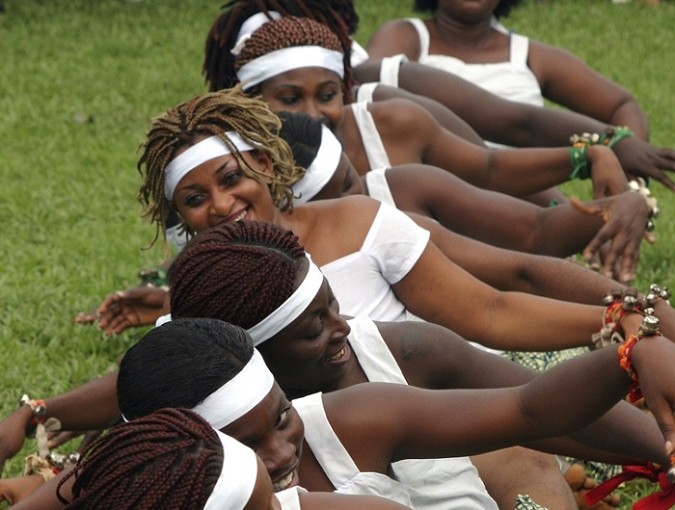Does every nonprofit need a separate, fully functioning back office capable of handling all of the accounting, HR, and regulatory requirements that are now a part of day-to-day nonprofit survival? Perhaps not. If your nonprofit is new, small, or has proven itself to be less than agile or consistent in such matters, one choice may be outsourcing some of this work to a trusted administrative partner. The question is, do such partners exist in your area? Do their services meet your needs? Are they affordable? Will they teach you capacity while serving your needs?
At the University of New Mexico’s Anderson School, “We realized there were a lot of nonprofits that were not meeting the requirement to function in this state,” said Leslie Oakes, chair of the Accounting Department. “There were huge grants…from Kellogg going to nonprofits in some rural regions and there was no one there that could really help them. So they couldn’t get that grant renewed because they didn’t have the accounting to show that they had monitored the grant correctly.”
Janice Moen is one of Oakes’ former students, and when she graduated, Moen and Patrick Wilkins, chief financial officer of the United Way of Central New Mexico, began teaching financial training classes for nonprofit staff. They soon found that in many cases, education only addressed part of the problem: “They walk into the training. They are all excited. They’ve got their coffee. They’ve got their muffins. They sit down. They are all happy. […] And then we start telling them, here’s the things you need to do fiscally. Here’s your responsibility,” said Moen.
Wilkins added, “All of them were committed to understanding, and then after about 15 minutes, they realized, ‘Oh gosh, I’m the executive director and I’m responsible for fundraising and for doing the program and I also keep the checkbook.’ We are talking about all these regulations and how to file a 990 and proper bookkeeping and restrictions, and all the things that are unique to nonprofits. […] The color would go out of their faces. None of them were accountants and they thought they could come take this class and get some tips and tricks. Then they realized they didn’t know what they didn’t know.” So, in 2011, Moen founded NonProfit Back Office Resources, which for a modest fee helps nonprofits set up financial systems and sometimes even actually runs them, complete with checks and balances.
Association with the university reduces the organization’s cost through access to interns. Oakes says such students are not in short supply:
I taught a writing class last spring and I asked them, “What does it mean to be a professional in your community?” We have students that come from the reservation, from little towns up north and they were talking about how being a professional means giving something back to your community. To be an honored person, who behaves respectfully and gives something back. I don’t think you would hear that from the usual accounting group in Milwaukee or Chicago or Dallas.
NPQ has long advocated for more back office support to nonprofits, and even to groups that are not themselves incorporated but need a nonprofit fiscal sponsor. However, making use of such a model does require a few things both from the nonprofit making use of it and the organization providing the service:
- The nonprofit needs to do due diligence to ensure the entity with which they are considering contracting has a stellar reputation for dependability, accuracy, responsiveness, and ethics. There are many cautionary tales of things going awry both in fiscal sponsorships and back-office relationships. One of the more recent was in the death of FEGS, which outsourced its financial work—ironically to a social enterprise owned by FEGS—only to so lose sight of its financial position that it made the choice to close the agency, which had a $250 million budget.
- Having someone else do your books and accounting does not relieve a nonprofit organization of the responsibility to take financial leadership. When it works, the relationship is more like a respectful partnership that strives always to develop systems that are ever more informative to the board and the exec at the nonprofit. This requires a kind of on-the-job training mode of interaction rather than a vendor/contracting-agency relationship.
- The best of those doing this back office work are grounded in an understanding of the realities of the variables in a particular field. They have enough knowledge to be able to point out to an organization when a practice needs changing and enough skill to help them to make that change.
But this intimacy in the work also can be costly to the contractor. Foundations, like a Kellogg or any of the others that still invest in small powerful community-based efforts, might consider whether they may wish to make a parallel investment in back office service.—Ruth McCambridge












